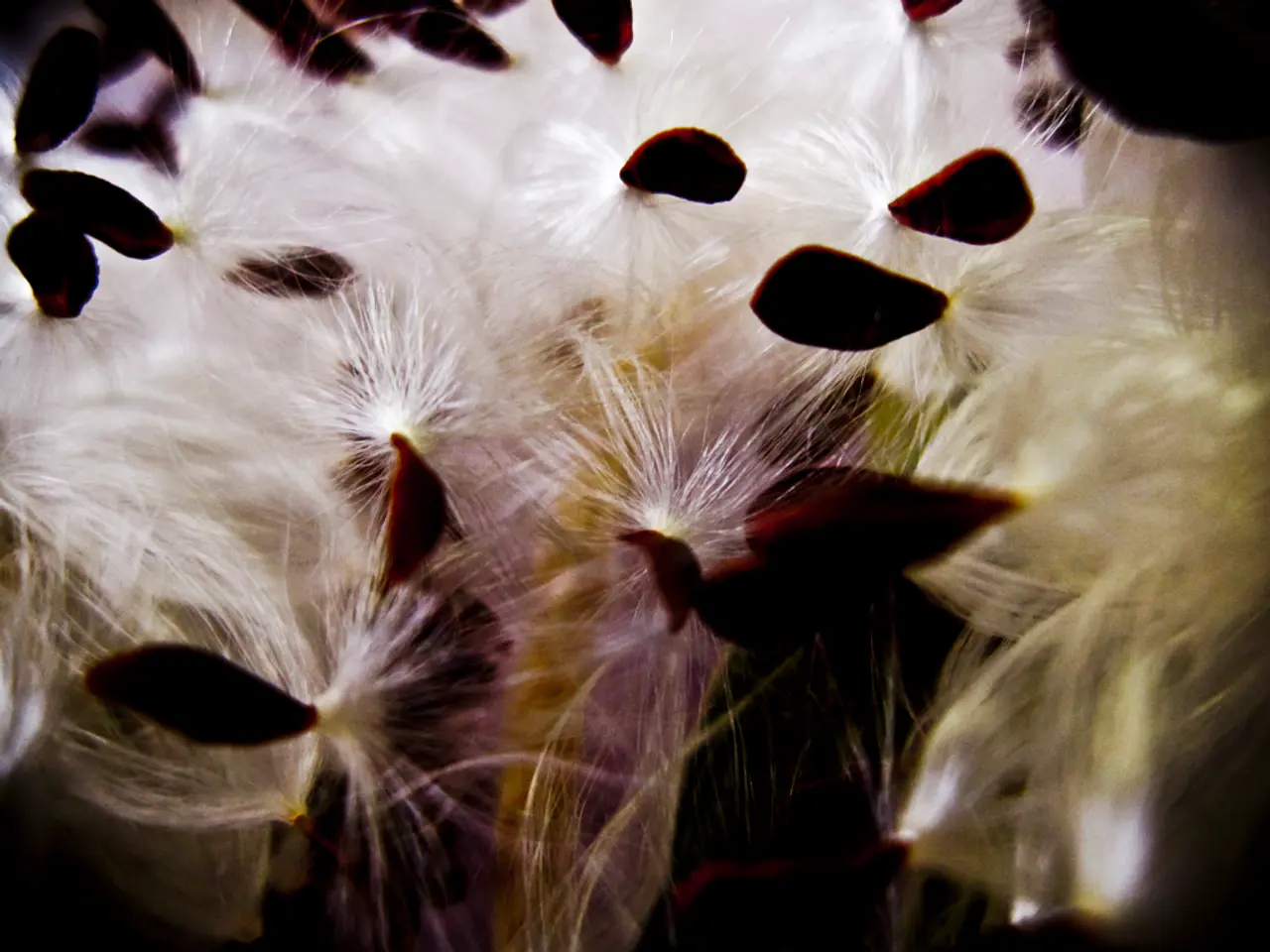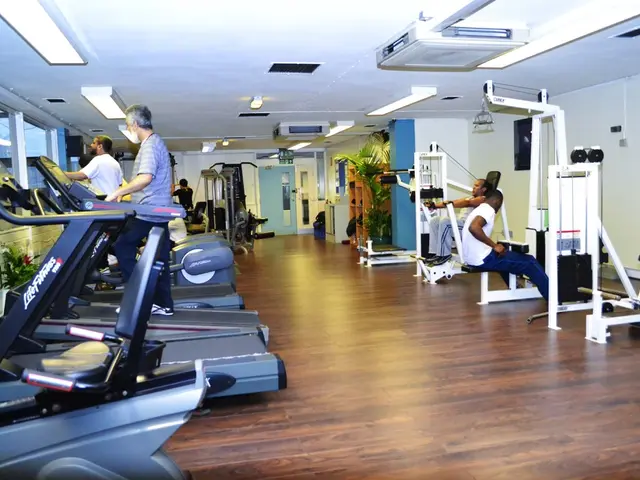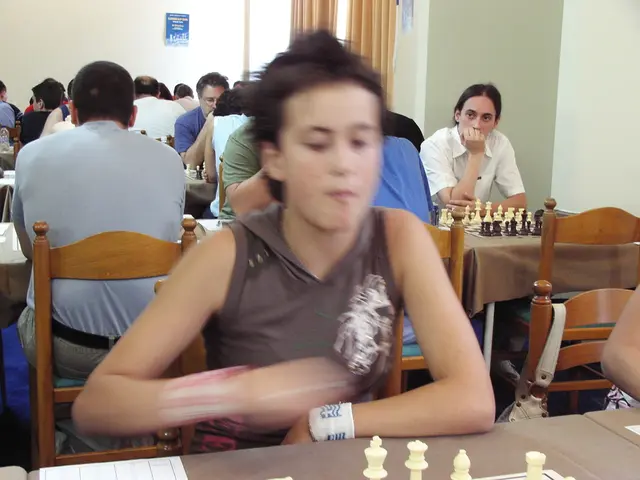Nine Explanations for Seed Failure to Sprout and Corresponding Actions to Take
In the world of gardening, achieving high seed germination rates is essential for a successful growing season. However, various factors can impact the success of your seeds, leading to low germination rates. This article aims to shed light on common issues and provide practical solutions to improve your seed germination.
Seeds can lose viability due to improper storage conditions or exposure to extreme temperatures during transport. To maintain seed freshness, it's crucial to store them properly, keeping them away from damp areas and avoiding overheating and drying out.
Timing is another crucial factor. Plant seeds when your area is free of overnight frosts or when the season is appropriate for the plant you're growing. Planting seeds too late may sprout in hot conditions and die of stress before breaking the surface.
Purchasing seeds from a reputable seed bank, grower, or vendor with a reputation for high-quality genetics can improve germination rates. However, seeds may still encounter dormancy issues, either due to a thick seed coat or internal inhibitors. Seed dormancy can be broken through physical means such as pre-soaking or scraping the seed surface, or chemical means such as refrigeration.
Overcrowding plants can lead to nutritional issues due to limited resources. Ensure you provide adequate space for each plant to thrive.
Damping off is a common issue that can cause seedlings to wilt and die. Pre-emergence damping off affects seeds before they germinate, while post-emergence damping off affects them after. Damping off is caused by several soil-borne fungi and fungus-like organisms, including Pythium, Phytophthora, Rhizoctonia, and Fusarium. Overwatering seeds can lead to poor, spotty, or non-existent germination, as well as increased risk of damping off.
Incorrect planting depth can affect seed germination. Wide and large seeds require deeper placement, while smaller seeds should be towards the surface for light. Oxygen is critical for respiration during germination, so compacted or poorly aerated soil can restrict it, leading to poor germination.
To address these issues, maintain consistent moisture by keeping soil moist but not waterlogged to avoid oxygen depletion. Provide appropriate temperature conditions, avoiding excessive heat that can stress seedlings. Use fresh, viable seeds and perform seed pretreatments like scarification (scratching seed coats), stratification (cold treatment), or soaking for seeds with dormancy barriers. Ensure soil is well-aerated and not compacted for oxygen availability. Adjust light exposure according to seed type, ensuring seeds that require light receive adequate illumination.
Proper seed storage, timing, and care can significantly improve germination rates by creating optimal environmental conditions tailored to the seeds’ biological requirements. However, it's essential to be aware of potential threats such as pests, diseases, and compact soil in container gardens, which can prevent seeds from forming healthy roots and sprouting.
To prevent damping off, ensure trays, pots, and containers are clean, and dispose of contaminated materials safely away from the garden's growing regions. Planting seeds outside too soon will not germinate due to the cold, so be patient and wait for the appropriate season.
By understanding and addressing these factors, you can improve your seed germination rates and enjoy a bountiful gardening season. Happy gardening!
[1] Seed Germination: Principles and Practices. J. Jeff Dixon. 2011. [2] The Seed Garden: The Art and Practice of Seed Saving and Growing. Suzanne Ashworth. 2012. [4] Seed Germination and Plant Growth. S.K. Ghosh. 2001. [5] Seed Dormancy: Mechanisms and Breaking Dormancy. John R. Finch. 2006.
- Storing seeds properly, keeping them away from damp areas and avoiding overheating and drying out is crucial to maintain their freshness.
- To improve seed germination, plant seeds when the area is free of overnight frosts or during appropriate seasons for the plant being grown.
- Purchasing seeds from a reputable seed bank can improve germination rates, but seeds may still encounter dormancy issues that need to be addressed.
- Overcrowding plants can lead to nutritional issues and reduced germination rates due to limited resources, so ensure each plant has adequate space to thrive.
- Damping off, caused by several soil-borne fungi, can cause seedlings to wilt and die. Overwatering seeds can increase the risk of damping off, as well as poor, spotty, or non-existent germination.
- Incorrect planting depth can also affect seed germination. Larger seeds require deeper placement, while smaller seeds should be towards the soil surface for light. Oxygen availability is critical for germination, so avoid compacted or poorly aerated soil.




